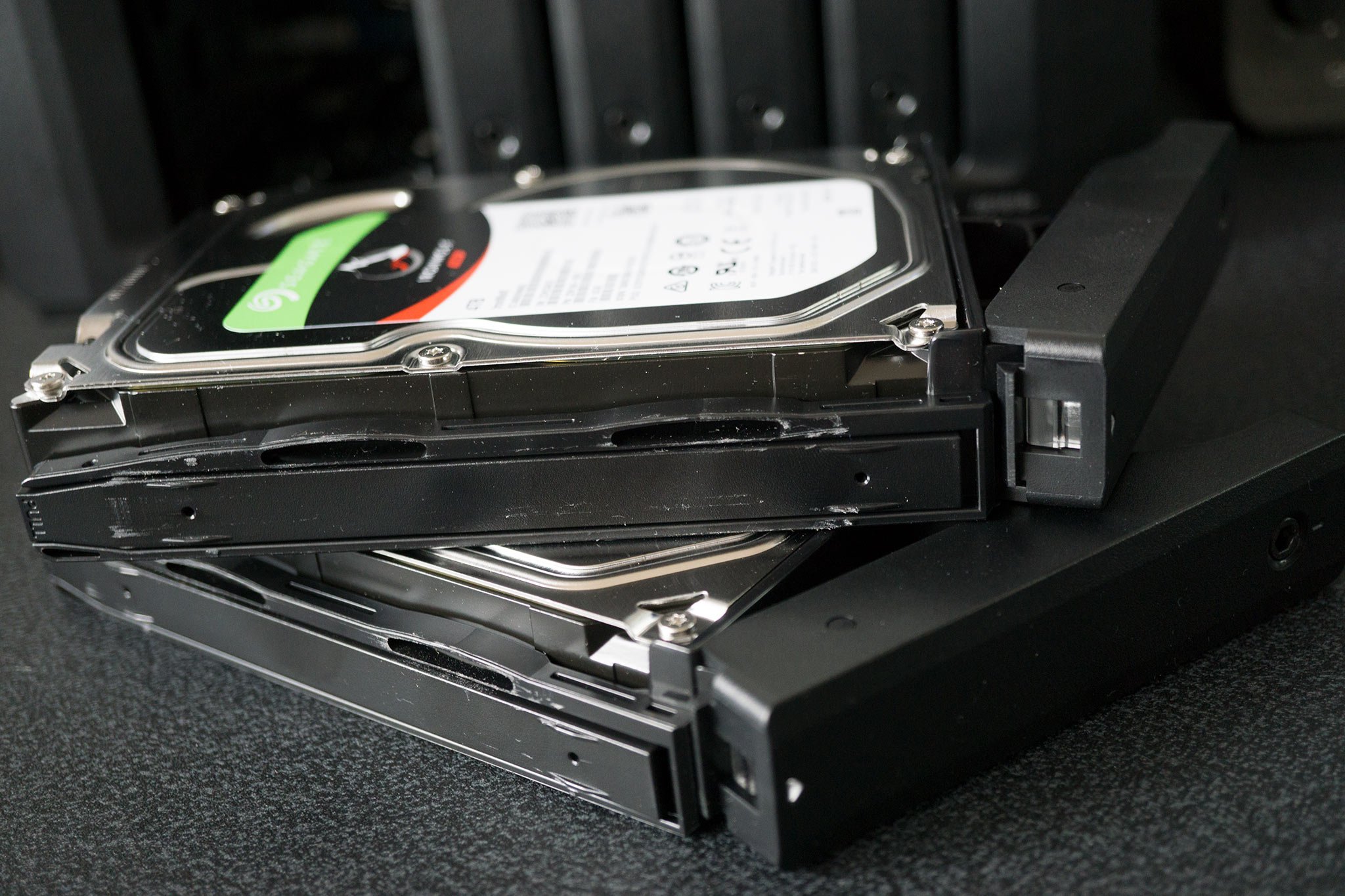

- #QNAP MAC ADDRESS CHANGE FACTORY RESTORE HOW TO#
- #QNAP MAC ADDRESS CHANGE FACTORY RESTORE INSTALL#
- #QNAP MAC ADDRESS CHANGE FACTORY RESTORE MOD#
- #QNAP MAC ADDRESS CHANGE FACTORY RESTORE PLUS#
- #QNAP MAC ADDRESS CHANGE FACTORY RESTORE TV#
The only other change i have made to the NAS since the addition of the wifi dongle is adding the Digital TV Station application along with the QNAP usb tuner. The wifi dongle is not connected to the NAS.

I became aware of this change in MAC address the last two times the NAS has been powered up, since it does no longer get the IP address i assigned to it through static DHCP on the router. The problem that has now surfaced is that the ethernet MAC address has somehow been replaced with another one and i do not know what has caused it. This dongle is to be used only when required, ie it will not be always connected. Firmware updated to version 4.1.3 A few days ago i added a Wifi USB dongle in order to be able to connect the NAS to the second in-house network i have setup. I have a QNAP HS-210 NAS with 2x1TB HDDs setup as RAID1. I am new to this forum and i would like some help in sorting out the problem described below. Then add the line NM_CONTROLLED=no so that Network Manager (nmcli) doesn't control that interface, and we can doo all the config using the scriptsįor the DNS entries, edit the nf file vi /etc/resolv.Hi. Issue nmcli device to see the name of the card in useĮdit the ifcfg-ens192 file vi /etc/sysconfig/network-scripts/ifcfg-ens192 Funny thing to know as well, every release is also name with an adjective + name of an animal run cat /etc/os-release to find out yours
#QNAP MAC ADDRESS CHANGE FACTORY RESTORE PLUS#
The version of Ubuntu are name with the year of release plus the month, being the month normally either April (04) or October (10), and you should always have a LTS (Long Term Support) release installed, like on my box 18.04, as LTS are supported for 5 years. While in CentOS the goodies go to /etc/sysconfig, in Debian/Ubuntu the stuff goes to /etc/default. Sudo ufw disable #turn it off, if you are nuts and want to use iptables

Sudo ufw status #check the ports and services that are allowed Ufw (uncomplicated firewall) is disable by default in Ubuntu, but you can enable by doing sudo ufw enable,the rules for the firewall are stored in /etc/ufw sudo ufw allow apache #allows apache in the firewall To test the bonding, rung the following command and check that the traffic is split between interfaces ifconfig | more
#QNAP MAC ADDRESS CHANGE FACTORY RESTORE INSTALL#
In either case, start by installing the app needed to creating the binding sudo apt install ifeenslave ,then configure the interfaces files as below auto eth0 #ensure the eth0 comes on automaticallyīond-master bond0 #bind the iface to virtual iface called bond0īond-mode 6 #vmware workstation doesn't support LACP, so we use mode 6īond-miimon 100 #check the bonding link every 100 milisecodsīond-slaves none #doesn't claim any slaves, as we already submitted them on inet0 and inet1
#QNAP MAC ADDRESS CHANGE FACTORY RESTORE MOD#
If you want to change the mac addresses of your box, create the files " /etc/iftab" and add the mac for your Ethernet with this format: #/etc/iftabįor port binding you can do it in Linux using mod 4 (if your switch supports LACP) or mode 6 if it doens't and is using balance-alb (adaptive load balancing). #from ubuntu 12.04 the /etc/nf is not use anymore for DNS, use the below insteadįor your changes to take effects, restart the LAN by issuing these commands, though it is recommended to reboot the server (just to ensure that the new settings 'survive' a reboot) ifdown eth0 Iface eth0 inet static #sets interface eth0 to static If you want to set a Static IP, set the interfaces file as below, memorise the entries auto eth0 #ensures the interface comes on automagically

Needless to say, you already know in Ubuntu there are NO root account, you achieve root privileges but issues "sudo" in front of the vi command to edit it. This is how the interfaces file looks for DHCP Have a look at the file /etc/network/interfacesand you'll notice first the loopback and then your lan on DHCP by default Version 18.04, Bionic Beaver
#QNAP MAC ADDRESS CHANGE FACTORY RESTORE HOW TO#
This is a quick guide about how to Change IP addresses in Linux from DHCP to Static using the most popular Linux distrosįirst, issue any of these commands to find out the version of Linux that you're running: cat /etc/os-releaseįor Debian we got Ubuntu, Xubuntu, Kubunto, Lubuntu, Mint, etc. Change IP addresses in Linux from DHCP to Static


 0 kommentar(er)
0 kommentar(er)
